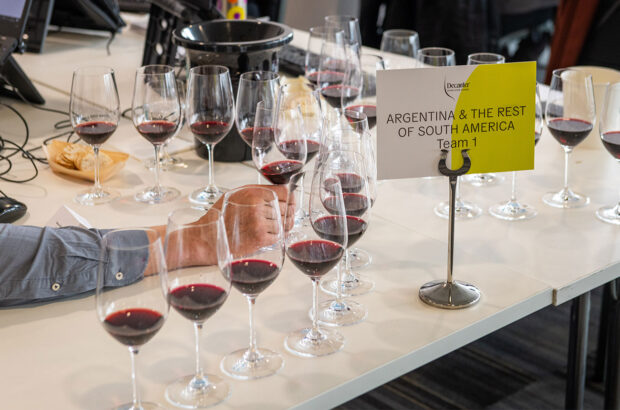The 11 producers within the group saw total sales reach 2.3 million bottles for 2021 which erased the general 23% contraction in sales during 2020 and surpassed 2019’s 2.2 million bottles sold. What’s more, the per bottle price rose 2% from 2020 to an average of 17.35€.
This is an important distinction in a country where sparkling wines are regularly found in supermarkets for 2€ a bottle or even less.
The Corpinnat producers admit that this rise in price will unfortunately be offset by inflationary costs to production in all facets of the winemaking; something that is being felt globally across the sector.
While fairly new, Corpinnat is an association that has come a long way in a very short time. It was initially formed by a group of six Cava producers making traditional method sparkling wines, who had wanted to add this additional distinction to their labels. It was open to anyone within the region who met their strict requirements whether certifying their wines in DO Cava or not.
Potential producers were obligated to: farm organically, not buy in wine (either in bulk or bottles), own their vineyards or have long-term contracts for grapes, use only traditional varieties (i.e. no Chardonnay nor Pinot Noir), only manual harvest, and have minimum aging on the lees of 18 months. Additionally, they must pay minimum prices for bought-in grapes that are in some cases more than three times the going rate in the region. This has been an ongoing issue within Penedès which has resulted in viticultural strikes due to large-scale price per kilo decreases over the last three harvests from some of the very large producers.
Another key aspect to Corpinnat is that vineyards can only be located within a tightly-defined region in the interior of Penedès. This is in fact the origin of its name which roughly translates as, “from the heart of Penedès“.
The association was initially founded by Recaredo and Gramona, and is based upon a registered trademark within the European Union, launching in April 2018 and were soon joined by Nadal, Llopart, Sabaté i Coca, and Torelló. After much back and forth, DO Cava eventually forbade all promotion of the name and told them to stop using it immediately or be denied certification within DO Cava. This resulted in these six cellars leaving DO Cava in January, 2019. Since then, they’ve worked solely under Corpinnat with their traceability being verified by Bureau Veritas.
DO Cava has recently countered with a number of reforms to their bylaws including single-vineyard wines, subzones, raising minimum limits for aging in the upper tier, or Cava de Guarda Superior wines, as well as requiring that these all be produced from organically-certified vineyards starting in 2025. While these actions were in the works, four more smaller Cava producers left the DO and another, Pardas, has started to produce sparkling wines from their inception, directly as Corpinnat.
There are now 11 producers under Corpinnat with word of either others planning to leave DO Cava in the near future or those similar to Pardas, who are new producers opting for Corpinnat from the start. At stake for these producers is the fact that despite the elevation of Cava de Guarda Superior wines, 88% of DO Cava production is still in the lower-tiered Cava de Guarda that doesn’t require organic certification, maintains the nine-month aging requirements, and more important can be comprised of grapes from across Spain.
The Cava subzones do a very good job of breaking down the regions across Spain where the wines can be produced in: Valencia, Aragón, Extremadura, Rioja, Basque Country, and the provinces of Catalunya. But, approximately 90% of all Cava is still produced within Penedès which falls under the single subzone of Valls d’Anoia-Foix. This is a subzone that is in fact larger than the delimited area for Corpinnat production.
Despite the risk of striking out on their own from the well-established DO Cava brand these sales numbers show that Corpinnat producers have continued to grow and move into their own fine wine market.







